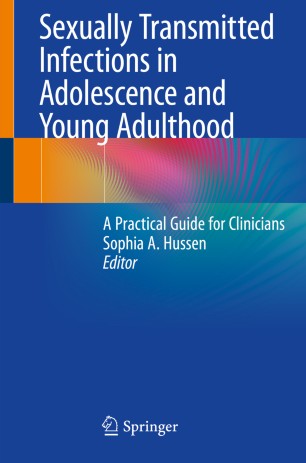

Most ebook files are in PDF format, so you can easily read them using various software such as Foxit Reader or directly on the Google Chrome browser.
Some ebook files are released by publishers in other formats such as .awz, .mobi, .epub, .fb2, etc. You may need to install specific software to read these formats on mobile/PC, such as Calibre.
Please read the tutorial at this link: https://ebookbell.com/faq
We offer FREE conversion to the popular formats you request; however, this may take some time. Therefore, right after payment, please email us, and we will try to provide the service as quickly as possible.
For some exceptional file formats or broken links (if any), please refrain from opening any disputes. Instead, email us first, and we will try to assist within a maximum of 6 hours.
EbookBell Team

5.0
58 reviewsThis book is designed to present a comprehensive and state-of the-art update that covers the pathophysiology, epidemiology, and clinical presentation of the most frequently encountered STIs in adolescence and young adulthood. The introductory sections discuss more general themes including approaches to obtaining a sexual history and exam, concerns of sexual minority youth, ethical and legal considerations, and health disparities in STIs in this population. Subsequent chapters are organized by pathogen such as herpes simplex virus, and human immunodeficiency virus, or clinical syndrome including pelvic inflammatory disease, and vaginitis. Each chapter begins with a case study to illustrate key characteristics of the disease process in question and includes rich illustrations, resources, and guidelines. Written by experts in the field, the text includes a review of epidemiology, pathophysiology, treatment, prevention, and adolescent-specific considerations that is vital to working with this important population.
With its transdisciplinary perspective, Sexually Transmitted Infections in Adolescence and Young Adulthood is a unique text that is valuable to infectious disease specialists, adolescent medicine specialists, gynecologists, primary care physicians, advanced practice providers, medical administrative staff, school nurses, sexual health educators, social workers, and public health officials.